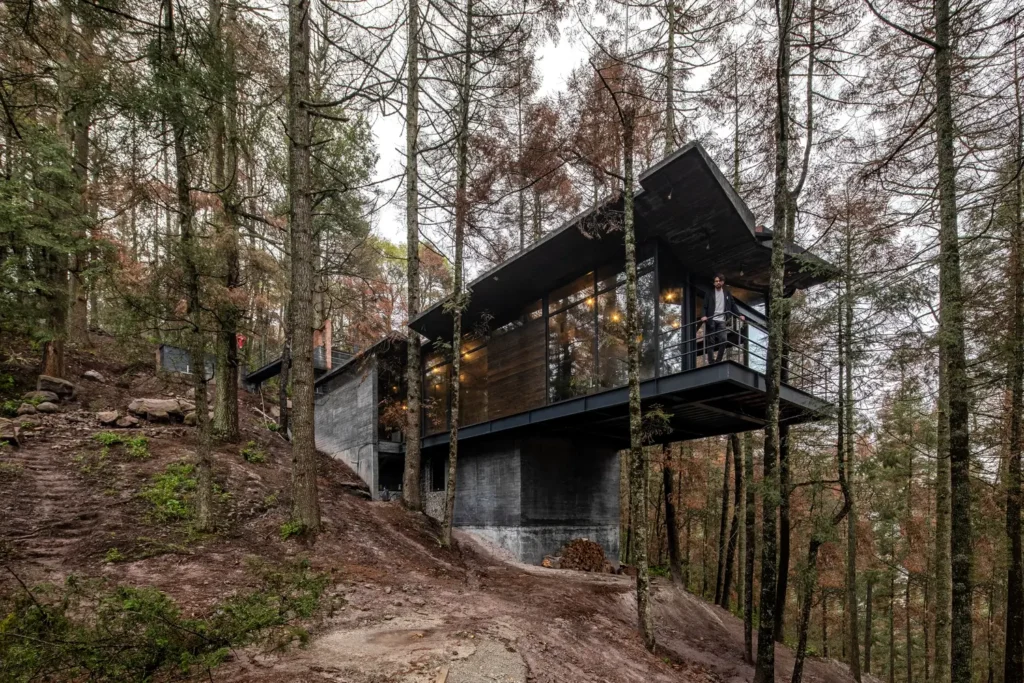*All the credit to:
Architect: Kennedy Nolan
The photographer : Derek Swalwell
1. Embracing Coastal Challenges with Architectural Strength
The Always project by Kennedy Nolan stands as a testament to how architecture can respond to a coastal site’s dramatic and ever-changing conditions. This house, located on a dynamic cliffside terrain, optimizes the natural attributes of the location—aspect, prospect, and refuge—through a design that acknowledges the environment’s power while creating a structure poised to last.
Surely, it is a result of a deep analysis work of all aspects of the site – as an architect i always spend a lot of time at this stage of the project, as an architect once said that every site already carry his project, the work of the architect is the make it visible –
The pre-existing structure on this site faced a grim future due to coastal erosion and environmental wear. Replacing it was not just a necessity but an opportunity for Kennedy Nolan to redefine how homes could coexist with the challenges of a harsh coastal environment. From the outset, the design prioritizes stability.
The house rests on 15-meter-deep structural piles that anchor it securely to the cliffside, ensuring the home endures against wind, erosion, and other elements threatening its longevity. This focus on robust materials and strong foundations reflects a deep architectural understanding of site-specific challenges.










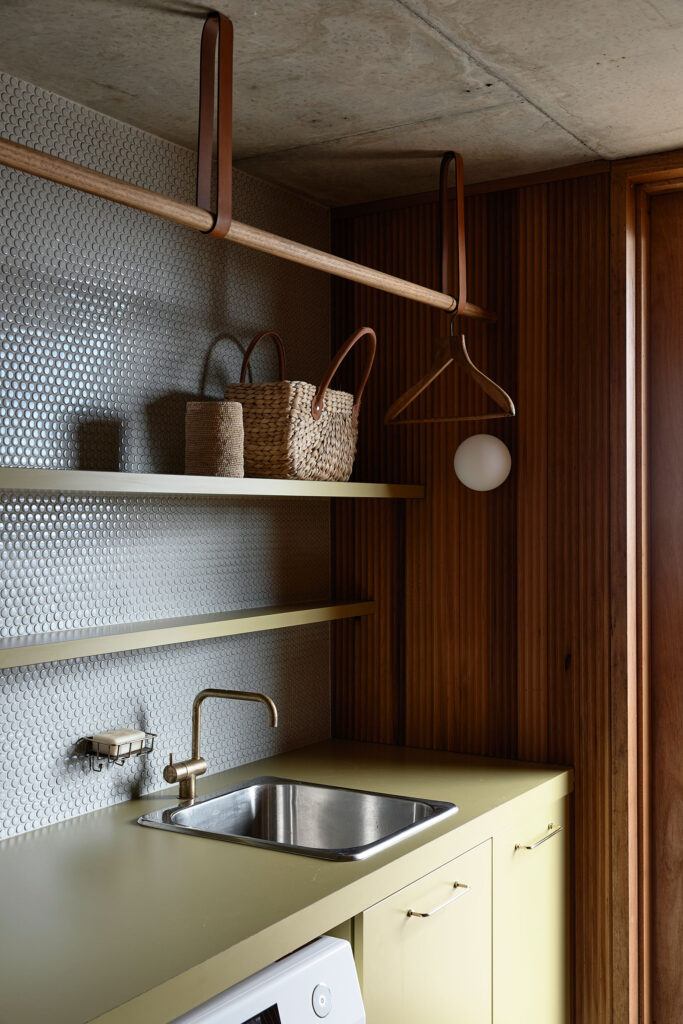



2. Integrating Organically into the Surrounding Landscape
Kennedy Nolan’s design for Always doesn’t just sit on the land; it intricately weaves itself into the landscape. The house is meant to be enveloped by the natural terrain, gradually blending in as the environment evolves. This organic interaction between the built form and nature is a hallmark of responsive architecture.
The integration of local materials, such as stone and timber, enhances the connection. Over time, these materials will weather and change, reflecting the gradual shifts in the natural landscape.
The hard masonry and stone elements, in particular, are expected to soften as the native plants grow around them, erasing the hard boundaries between the building and its surroundings.
This interaction embodies a sustainable, long-term vision where architecture doesn’t dominate but instead coexists with nature, allowing both to evolve together.









3. Strength and Solidity: Brutalism Meets Mid-Century Design
At the core of Always is a structure that draws from two strong design movements: brutalism and mid-century modernism. The use of raw materials like concrete and stone echoes brutalist principles, emphasizing the raw power and strength of the home in resisting the elements.
Yet, it isn’t all about stark functionality.
Kennedy Nolan skillfully balances this with mid-century warmth and intimacy, particularly through the use of timber and organic forms. The home’s design creates a cocooning, safe feel for its residents, providing shelter without detaching them from the coastal environment.
The fusion of these two architectural philosophies allows the house to be both resilient and welcoming, blending practicality with comfort.

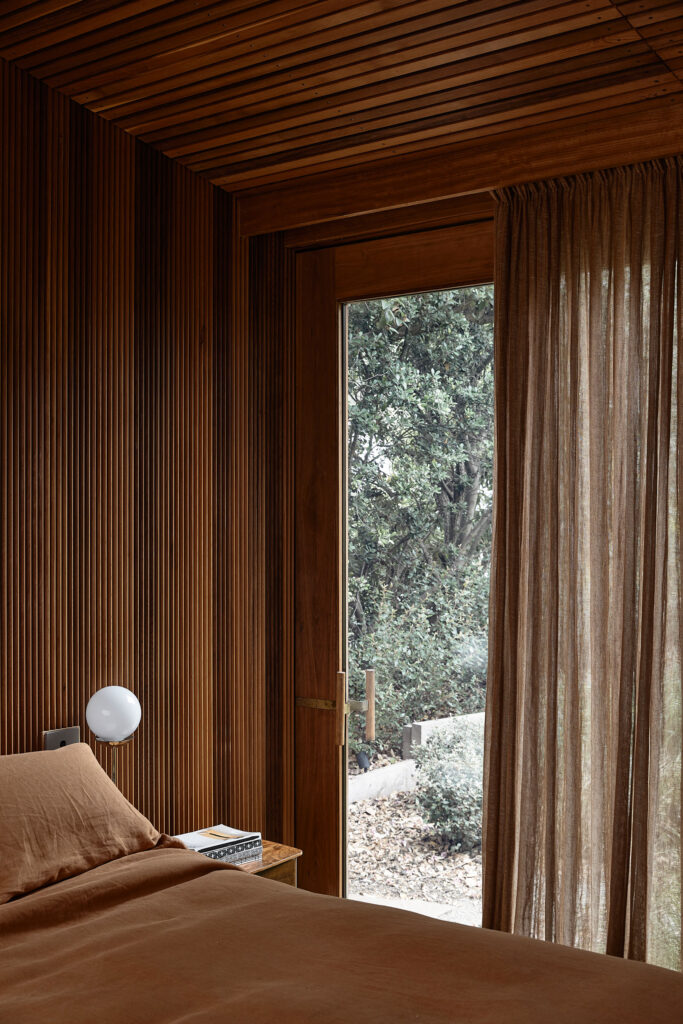
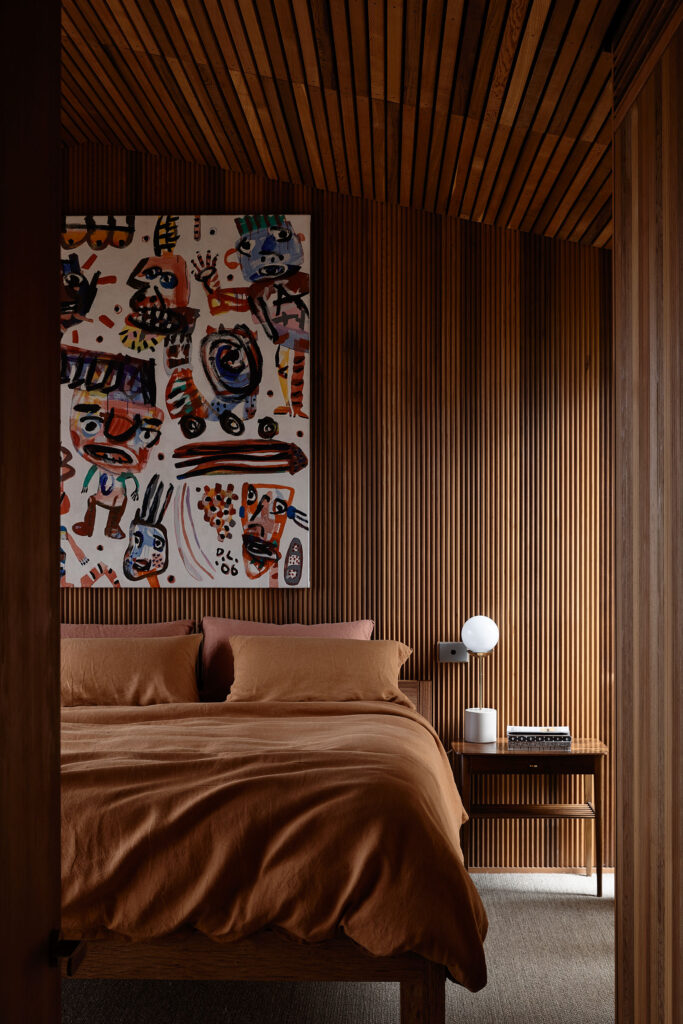



4. Architecture as a Continuation of Place and History
One of the most thoughtful aspects of the Always project is its relationship with the site’s history. While the original structure could not withstand the coastal conditions, it left behind valuable lessons for the architects.
Kennedy Nolan’s response was not to reject the past but to take these lessons and transform them into a new, more enduring vision for the site.
The design reflects an understanding that architecture is a continuum—it draws from the past while looking toward the future…
The choice of materials and the connection to the landscape ensure that this house will, in time, become part of the landscape itself, a permanent and evolving fixture that tells the story of its location.



5. Duality of Connection and Protection
One of the most compelling aspects of Always is its duality in architectural purpose: it connects its residents to the raw beauty of the coast while also providing a protective shelter against its harshness.
Large openings and carefully positioned windows allow for uninterrupted views of the ocean and the sky, ensuring that the house doesn’t feel enclosed.
At the same time, the structure is designed to offer refuge from the elements.
The deliberate interplay of light and shade, along with the thoughtful use of brise-soleils, ensures that even as the house opens up to the outdoors, it remains a comfortable, habitable space year-round.
This balance speaks to the deeper philosophy behind Always—a house that is simultaneously a place of immersion and shelter, merging the indoor and outdoor in a seamless flow.





6. Low-Maintenance Design for Long-Term Sustainability
Kennedy Nolan has also prioritized sustainability through the practical aspects of Always. Given the house’s use as a permanent residence, the design incorporates low-maintenance materials and finishes that will stand the test of time.
The planted landscape that surrounds the house is designed to evolve naturally, reducing the need for constant upkeep.
This reflects an architectural approach that embraces long-term sustainability, not just through energy efficiency but also through the practical consideration of how the home will age and interact with its environment over time.


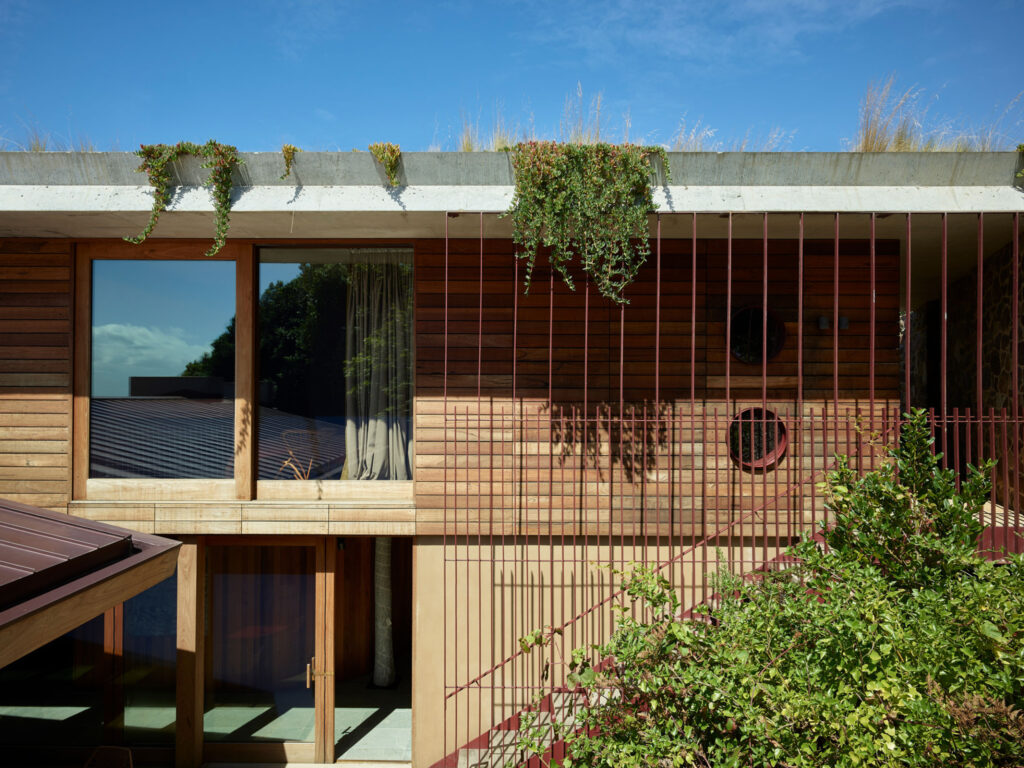
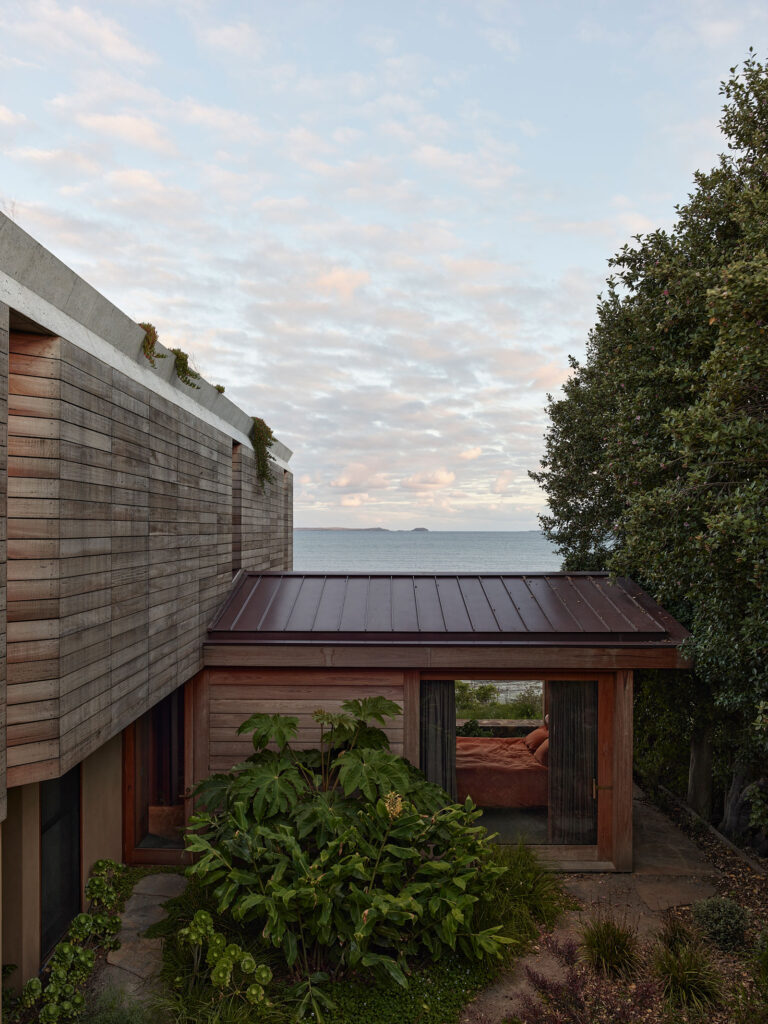


Conclusion: An Architectural Dialogue with Nature
Always by Kennedy Nolan is more than just a house—it’s an architectural dialogue with its environment. The design is a reflection of how architecture can respond to and engage with the challenges and beauty of a coastal site.
Through its thoughtful integration into the landscape, use of durable materials, and dual focus on connection and protection,
Always demonstrates that architecture can be both a refuge and a conduit for experiencing the natural world.
This project represents a nuanced understanding of place, drawing from the past, engaging with the present, and looking ahead to a future where architecture and nature are intricately intertwined.
*All the credit to the photographer Derek Swalwell



